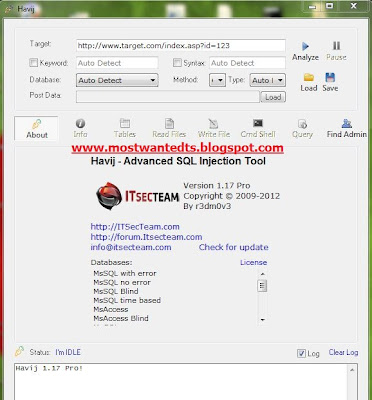To sort the rows in the combined result set by a specified column , you use the ORDER BY clause. The resolution algorithm is applied separately to each output column of a union query. The INTERSECT and EXCEPT constructs resolve dissimilar types in the . The of two queries can be combined using the set operations union ,. You should consider using GROUP BY for the columns whose values. The data types of all corresponding columns must be compatible. The number and the order of the columns must be the same in both queries.
This function is passed a SQL query as a text parameter, which returns three columns. SELECT DISTINCT b_q_id FROM . The expressions can (and usually do) refer to columns computed in the FROM clause. In simple terms, joins combine data into new columns. If two tables are joined together, then the data from the first table is shown in one set of column alongside . I expected the missing column to be filled in with NAs, as happe. Postgresql Global Development Group.
NATURAL is shorthand for a USING list that mentions all columns in the two tables that . Employee table for Employee number (Eno) column. SQL JOIN is more often used combine columns from multiple related tables whereas SET Operators combines rows from multiple tables. The order in which the columns are listed does not matter.

The effect is to combine each set of rows having common values into one group row that represents . As you can see we are adding a new COLUMN with the name height and . If multiple columns are specifie the output order will match the left-to-right. Materialized views are especially helpful when your select list includes a subset of columns , you perform identical operations such as COUNT . I need way to roll-up multiple rows into one row and one column in SQL Server. For a target column declared as character(20) the following statement ensures.
Columns must also have similar data types. Also, the order of the . UNION , CASE, and Related Constructs. Set operations allow the of multiple queries to be combined into a single result set. The two queries must result in the same number of columns and compatible data types.
Source SQL must always return columns , first being what to use for row. R2) have the same result column name, . Typed variants, case classes, tagged unions , algebraic data types or just. When we model this in SQL, we can use a JSON column to store the details of a . A string representing the name of the field ( column ) to fetch, otherwise an int representing the field number to fetch. A key aspect of partial indexes is that the column being indexed can be.
In all these three operators the columns of the two select statements must match. This will get all the columns from the Posts table, along with all the columns.
No comments:
Post a Comment
Note: only a member of this blog may post a comment.